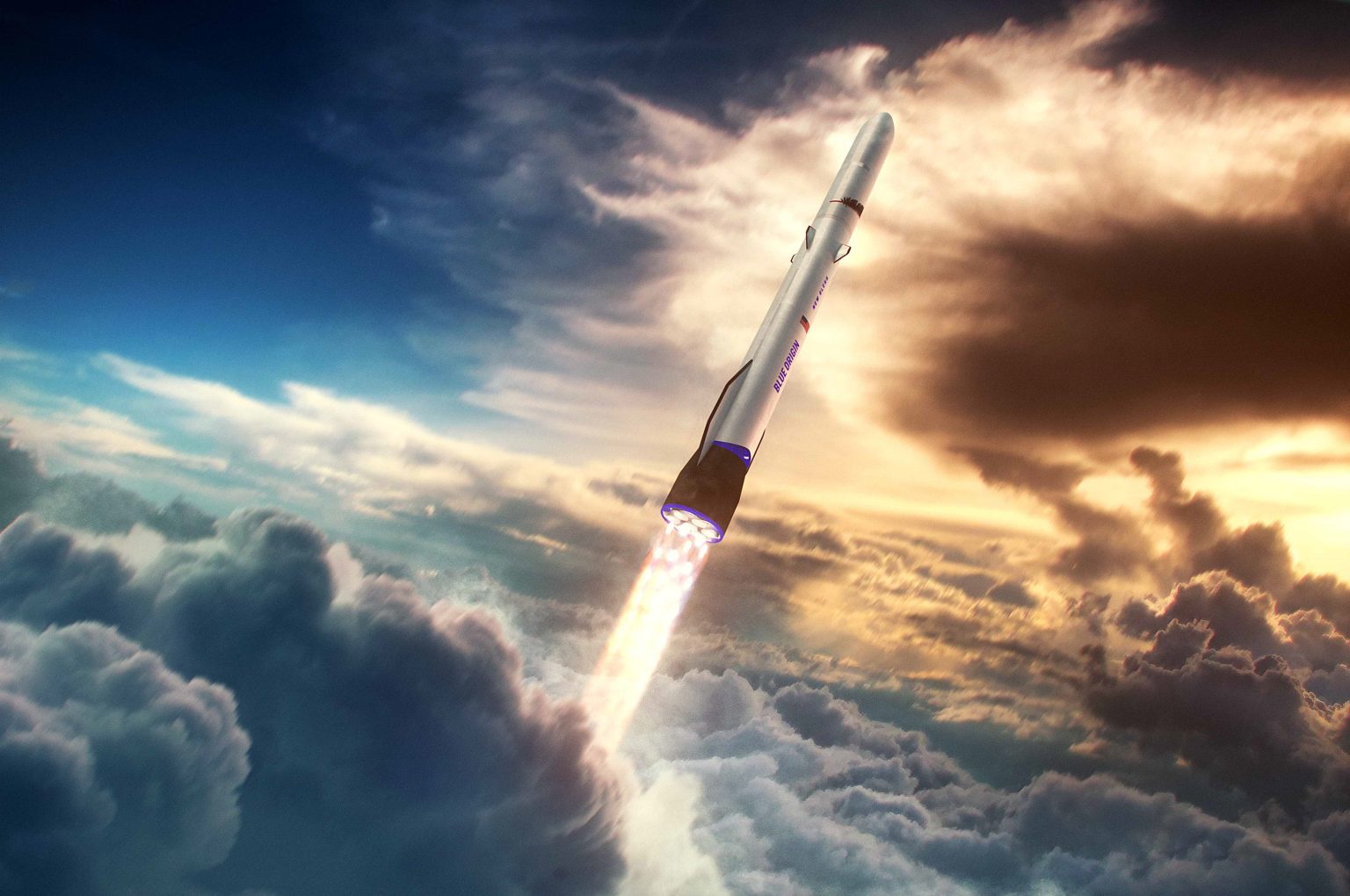Blue Origin, based in Kent, Washington, has been selected by the Department of Defense to potentially receive up to $5.6 billion in national security space launch contracts. This decision allows Blue Origin’s New Glenn rocket to compete for the Pentagon’s most sensitive launches, alongside rockets from SpaceX and United Launch Alliance. The ordering period for this Phase 3 Lane 1 procurement process runs through mid-2029 with a potential five-year extension, and the Department of Defense received seven offers from various companies for these missions. Blue Origin’s New Glenn rocket, currently under development in Florida, is named after astronaut John Glenn and is expected to launch its first mission no earlier than September, sending probes to study Mars’ magnetosphere for NASA’s EscaPADE mission.
The Phase 3 Lane 1 program will distribute funds to each of the three launch providers based on task orders for specific launches over the next five years. The U.S. Space Force’s Space Systems Command has released requests for proposals concerning two task orders, including seven launches for the Space Development Agency and another for the National Reconnaissance Office. Any launch provider on the base IDIQ contract can bid for launch service task orders if they have completed a successful orbital launch before the proposal’s due date. The program also allocates funds for providers to conduct an initial capabilities assessment and explain how they will meet the Pentagon’s mission assurance requirements. New provider Blue Origin will receive $5 million, while SpaceX and ULA will receive $1.5 million each.
Blue Origin’s participation in the Phase 3 Lane 1 program marks a significant opportunity for the company, after losing out in the competition for Phase 2 in 2020. The program is structured to offer contract opportunities in two “lanes,” with Lane 1 serving commercial-like missions that can accept more risk, while Lane 2 provides full mission assurance for high-stress heavy-lift launches of risk-averse missions. At least 30 Lane 1 missions are expected to be completed over the five-year period, with the potential for more providers to be added as their launch capabilities mature. Details about the Lane 2 process, including eligible providers, are set to be announced later this year.
Frank Calvelli, assistant secretary of the Air Force for space acquisition and integration, highlighted the innovative nature of the dual-lane approach to launch service acquisition in the Phase 3 program. The Lane 1 missions focus on commercial-like tasks that can handle more risk, while Lane 2 is designated for traditional, full mission assurance for highly demanding heavy-lift launches. The competitive nature of the procurement process aims to widen competition for national security launches and offer opportunities for various companies to participate in these critical missions. Blue Origin, SpaceX, and United Launch Alliance are now part of this important program, with the potential to secure significant contracts in the national security space launch industry.












